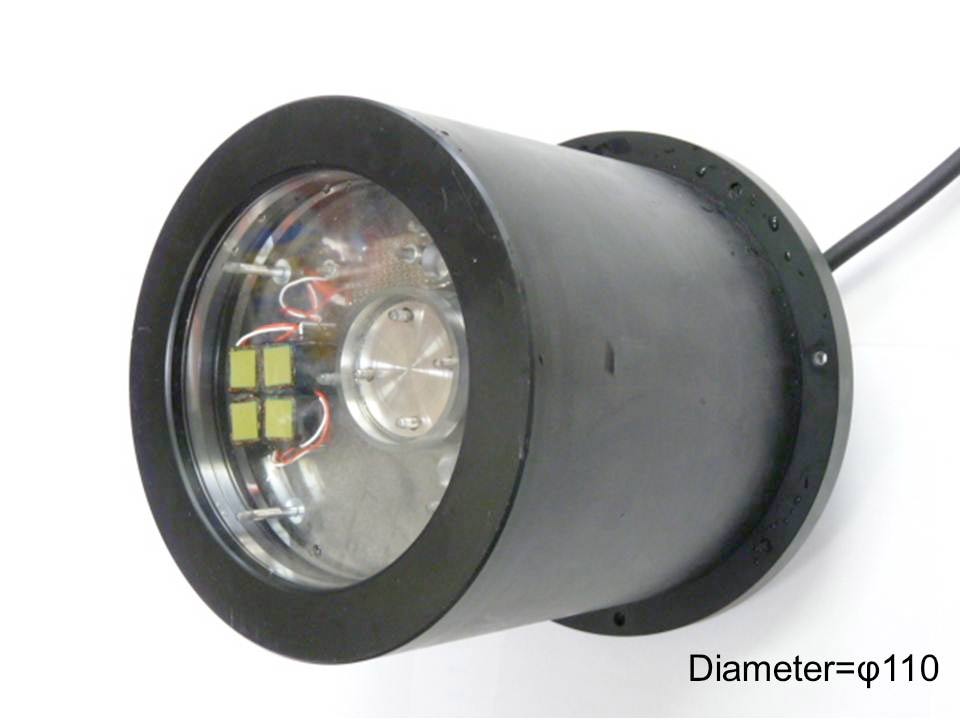Device May Let Humans Communicate With Dolphins

A new dolphin speaker device could one day help us talk with these remarkably intelligent life forms, scientists say.
Dolphins live in a world of sound far beyond our own. They can distinguish very small differences in the frequency or pitch of sound waves, and can hear and generate low-frequency sounds below 20 kilohertz that lie within human capabilities, as well as high-frequency sounds of up to more than 150 kilohertz, well beyond the range of our hearing. In addition, dolphins not only can produce tones just as humans do, but they can also communicate at a variety of frequencies simultaneously. With whistles, burst-pulse sounds and clicks, dolphins use sound not only to communicate and to scan their surroundings and prey in the dark sea (called echolocation).
Acoustic research of dolphins to date has mostly focused on recording their sounds and measuring their hearing abilities. Relatively few audio playback experiments have been attempted, since it is difficult to find speakers that can project from a wide range of low to high frequencies like dolphins do, said Heidi Harley, a comparative cognitive psychologist at New College of Florida in Sarasota, who wasn't involved in developing the dolphin speaker.
Now scientists have developed a prototype dolphin speaker that can project the full range of all of the sounds dolphins make — from those used in communication to echolocation clicks.

The researchers employed piezoelectric components that convert electricity into physical movement and vice versa. These components were capable of broadcasting both high-frequency and low-frequency sounds. The researchers precisely tailored the sizes of these components and the acrylic disk to create an extremely broad range of sounds.
"I am happy if we can communicate with dolphins using the dolphin speaker," researcher Yuka Mishima at the Tokyo University of Marine Science and Technology told LiveScience.
The dolphin speaker was developed just a few weeks ago, so dolphin scientists have not had a chance to try it out yet. Mishima and colleagues plan to work with such scientists using the new speaker. The idea is to broadcast specific series of vocalizations and then record the responses; over time, this back and forth could someday both reveal what dolphins are "saying" and allow possible human-dolphin communication.
Sign up for the Live Science daily newsletter now
Get the world’s most fascinating discoveries delivered straight to your inbox.
"We know very little about how dolphins classify their own sounds — we need more perceptual studies to find out, and this equipment may help us do that," Harley told LiveScience.
As to whether or not this invention could one day result in a human-dolphin translator device, "I think we have a lot to learn about dolphin vocalizations — their productions are complex," Harley said. "There is still a lot of basic perceptual and acoustic analysis that needs to be done before we can make strong claims about how dolphins are using their vocalizations."
The scientists detailed their findings May 15 at the Acoustical Society of America meeting in Hong Kong. The research has yet to be published in a peer-reviewed journal.











